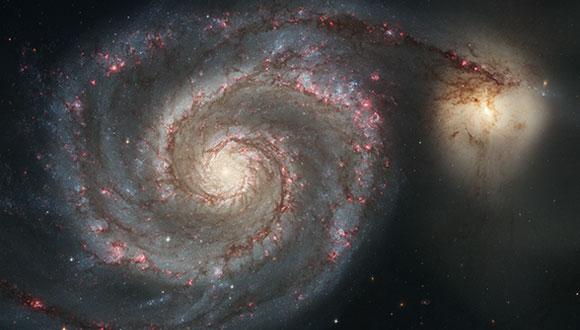Astronomy & Astrophysics Seminar: Constraints on the gamma-ray emission in GW170817
Tatsuya Matsumoto, HUJI
Abstract:
The gravitational waves from the neutron star merger event GW170817 were accompanied by an unusually weak short gamma-ray burst (sGRB) 170817A, by an optical/IR macronova/kilonova and by a long lasting radio to X-rays counterpart. While association of sGRBs with mergers was predicted a long time ago, the luminosity of this prompt γ-ray emission was weaker by a few orders of magnitude than all known previous sGRBs and it was softer than typical sGRBs. This raises the question whether the γ-rays that we have seen were a regular sGRB viewed off-axis. We revisit this question following recent refined analyses of the γ-ray signal and the VLBI observations that revealed the angular structure of the relativistic outflow. We show here that: (i) The region emitting the observed γ-rays must have been moving with a Lorentz factor Γ ≳ 5; (ii) The observed γ-rays were not “off-axis” emission (viewing angle > 1/Γ) emerging from the core of the jet (where a regular sGRB was most likely produced); (iii) The γ-ray emission region was either “on-axis” (at an angle < 1/Γ) or if it was “off-axis” then the observing angle must have been small (< 5◦) and the on-axis emission from this region was too faint and too hard to resemble a regular sGRB.
Seminar Organizer: Dr. Omer Bromberg


